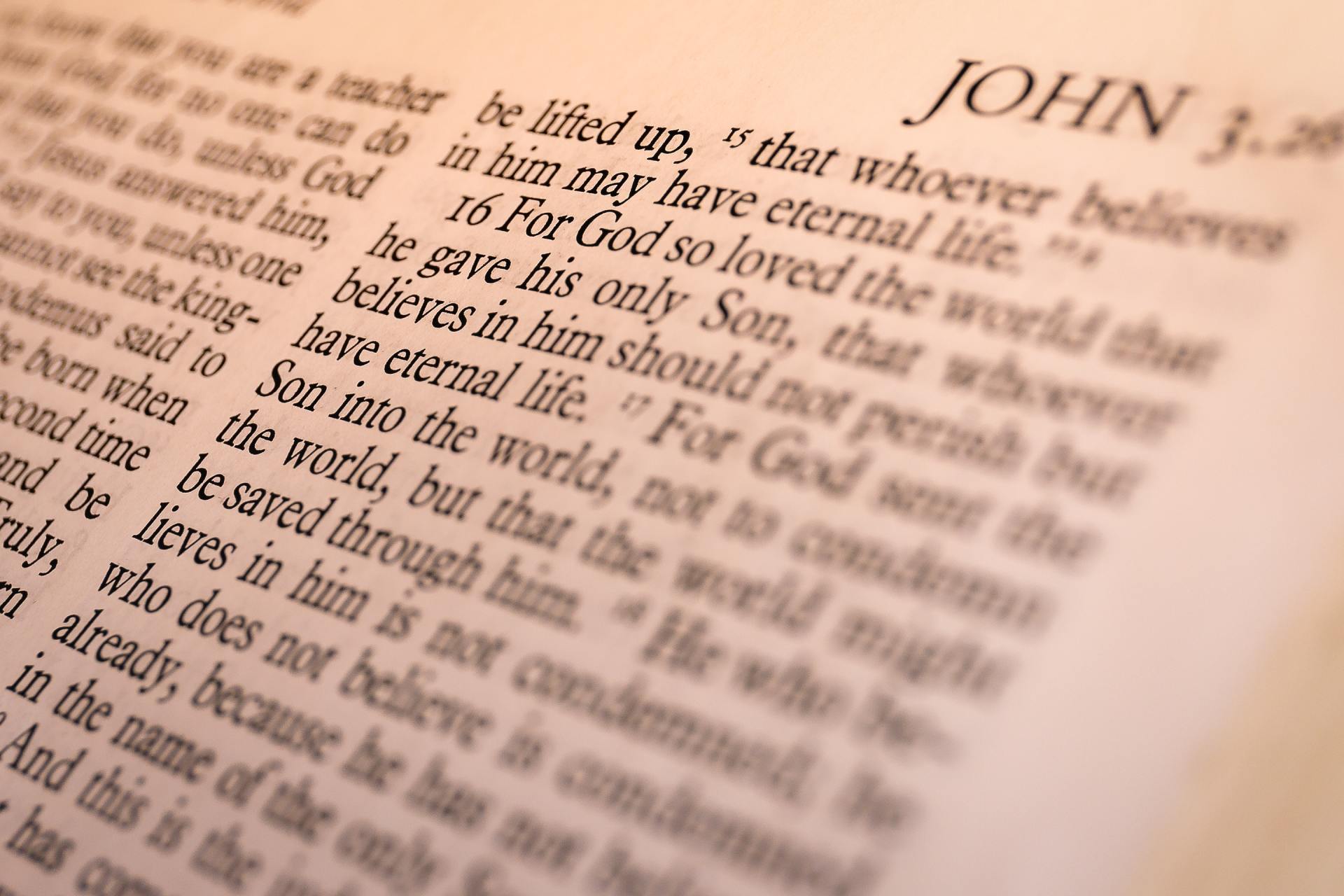The old State Road, in the pre-railroad days one of the principal avenues of east and west traffic, runs through Sangamon County in a westerly direction, leaning somewhat to the south. About half way between Springfield and Jacksonville may be seen the village of Berlin, once a place of considerable commercial importance, and an active contender for the State Capitol before its removal from Vandalia to Springfield.
On the coming of the Wabash, Berlin lost most of its importance, and the nearest railroad stations two miles south was called New Berlin. Tradition has lost the names of the early settlers, but their origin is sufficiently indicated in the name they gave. A flourishing German Lutheran Church still attests the loyalty with which their descendants cling to the Faith.
Like most rural congregations, the Catholics in this district first looked to the larger neighboring towns for spiritual guidance, and the itinerant missionaries at first, and the resident priests of Springfield later, looked after their welfare.
The first name on the register is Father John Janssen, then pastor of SS. Peter and Paul Church, Springfield, and later Bishop of Belleville. His visits began January, 1859, and continued four years. At first Mass was said in the residence of Mr. John Haugh, a building still to be seen, but it must have been rather crowded and occasionally noisy, as Father Janssen sometimes baptized as many as seven children of various ages on the monthly visits.
At this time the parish embraced, in addition to its present limits, much of the territory now included in the Ashland, Alexander, Franklin, Petersburg and Waverly parishes, and the building of a church became a necessity. On October 26, 1860, the foundation of the new church was laid. It was ready for Christmas Mass of the same year. Later on it was used as a school, and finally sold and moved off the parish grounds.
New Berlin was still attended from Springfield by Father Janssen and his successor, Father Busch. It received its first resident pastor, Father Gustavus Mittinger, in the beginning of 1866. In the summer of the next year he was succeeded by Father Francis Schreiber whose last baptismal record is dated October 6, 1872. The frame church having become too small, the corner stone of the present church, a large brick structure seating 400 was laid in the summer of 1871. The old church was converted into a school.





